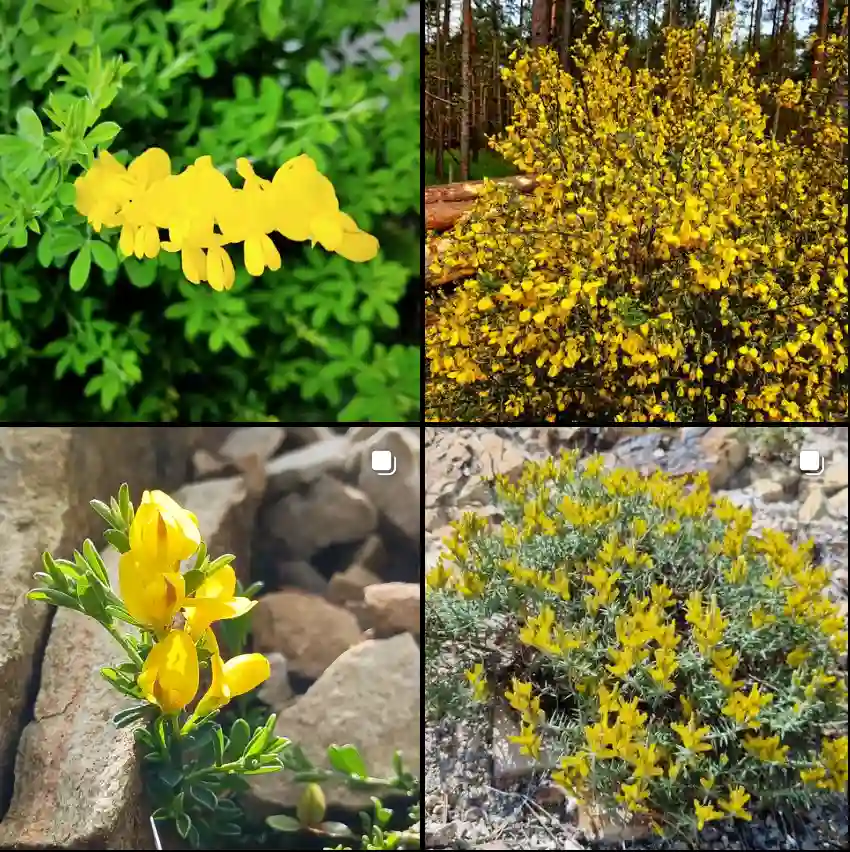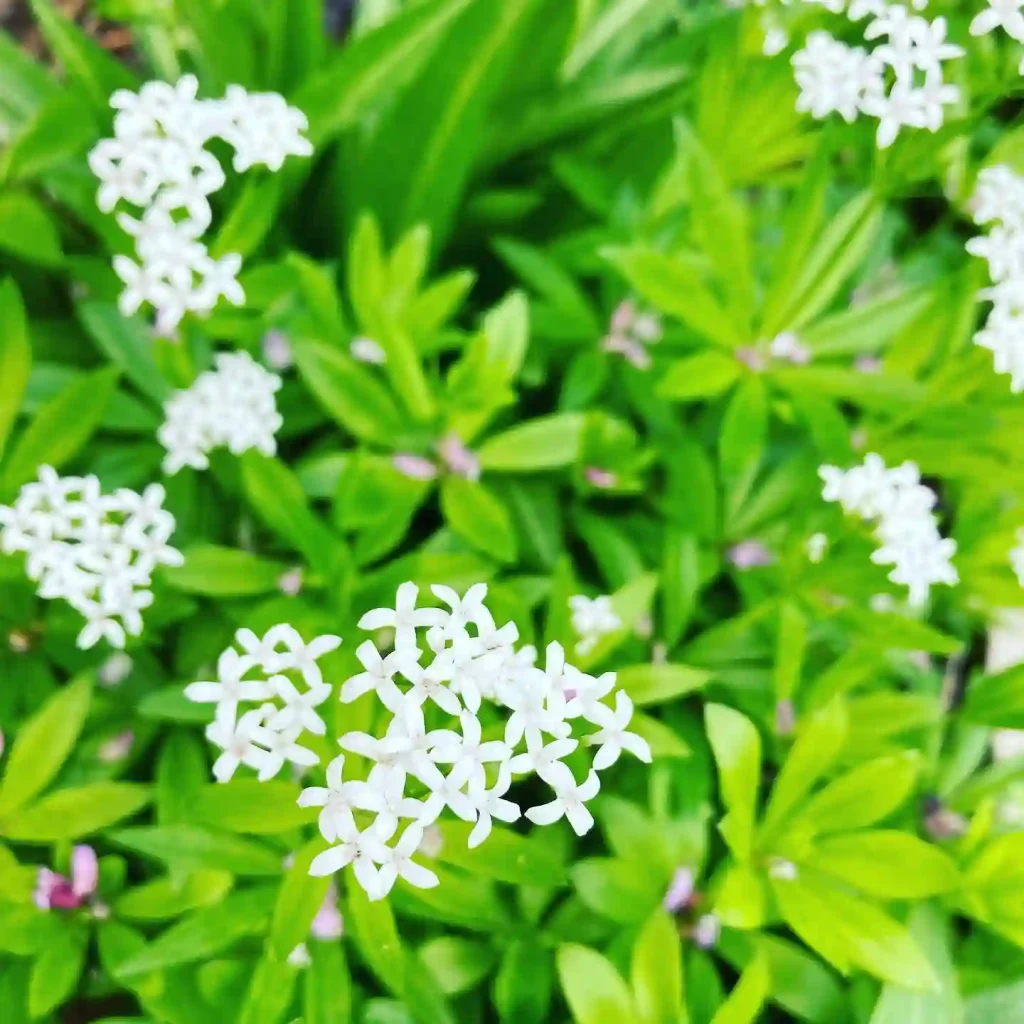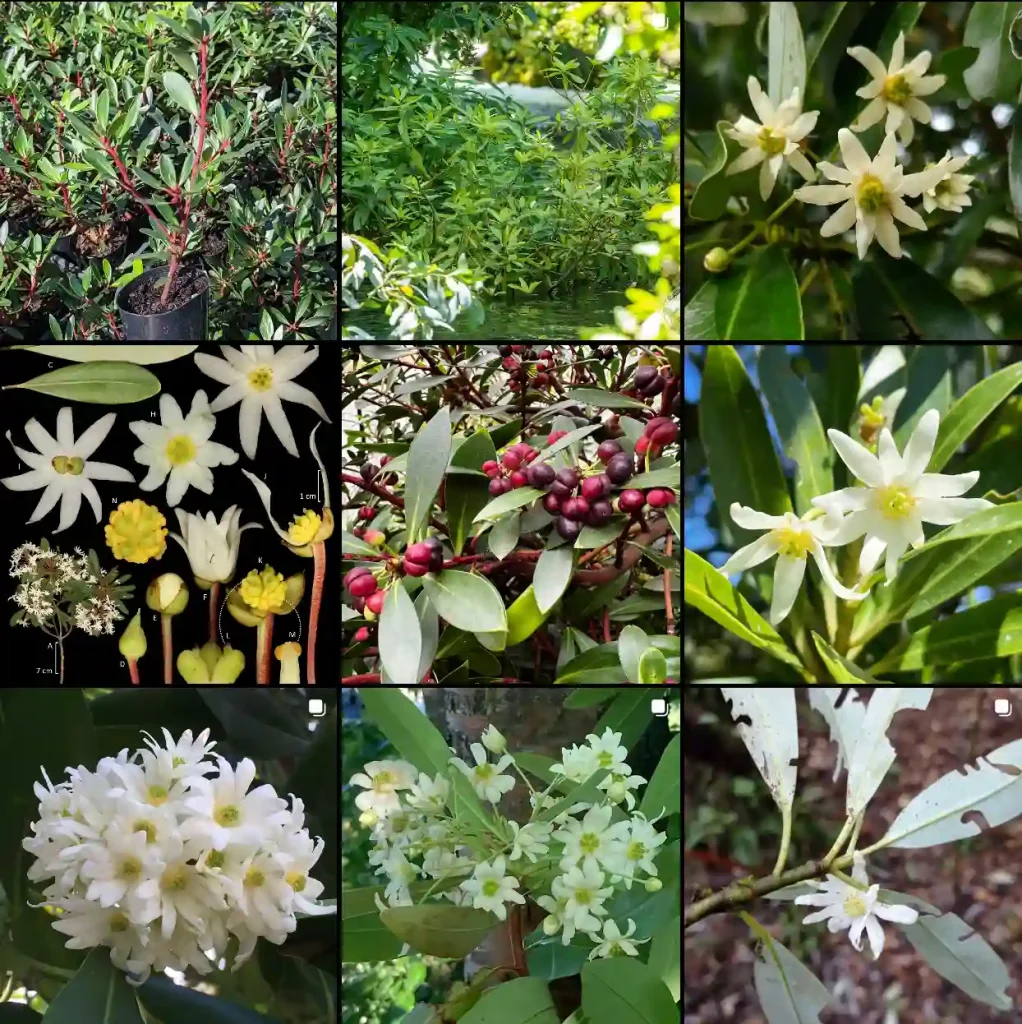A Journey into the Metteniusaceae Family: A Closer Look by Ferb Vu
The botanical world is a treasure trove of biodiversity, and few families exemplify this richness quite like the Metteniusaceae. As a passionate botanist, I, Ferb Vu, am thrilled to share some insights into this fascinating group of plants.
Unraveling the Metteniusaceae: A Tropical Delight
The Metteniusaceae is a family of flowering plants primarily found in the tropical regions of the Americas. These plants are typically trees or shrubs, often characterized by their simple, alternate leaves and small, inconspicuous flowers. While they may not boast the showy blooms of some other families, their ecological significance and unique adaptations make them a captivating subject of study.
Metteniusaceae Genera: A Diverse Assembly
The Metteniusaceae family comprises around 10 genera, each with its own distinct characteristics:
- Metteniusa: The namesake genus of the family, Metteniusa, is known for its unique fruits that resemble miniature pumpkins.
- Dendrobangia: This genus is distinguished by its cauliflorous habit, meaning its flowers emerge directly from the trunk or older branches.
- Calatola: Calatola species are often recognized by their large, leathery leaves and their fruits that contain a single, large seed.
- Ottoschulzia: This genus features plants with small, greenish flowers and fruits that split open to reveal brightly colored seeds.
- Platea: Platea species are known for their distinctive winged fruits that aid in seed dispersal.
- Apodytes: This genus is characterized by its small, white flowers and its fruits that are drupes, typically containing a single seed.
- Rhaphiostylis: Rhaphiostylis species are often climbers or lianas, with their stems equipped with hooks or tendrils for support.
- Kummeria: This genus is notable for its fragrant flowers and its fruits that are capsules, containing numerous small seeds.
- Poraqueiba: Poraqueiba species are valued for their edible fruits, which are often consumed fresh or used in the preparation of juices and jams.
- Emmotum: This genus features plants with small, yellow flowers and its fruits that are drupes, typically containing a single seed.
Ecological Significance
The Metteniusaceae family plays a vital role in its ecosystems. These plants contribute to the biodiversity of tropical and subtropical regions, providing habitats and food sources for various animals, including insects and birds. The climbing nature of many species allows them to reach sunlight in dense forests, and their foliage offers shelter and nesting sites for small creatures.
I’ve often observed how these plants intertwine with other species, creating a complex web of life that thrives in harmony. Their presence in an ecosystem highlights the interconnectedness of plant and animal life, which is something I find profoundly beautiful.
Cultivation and Care
If you’re considering cultivating plants from the Metteniusaceae family, there are a few tips to keep in mind. First, these plants generally prefer well-drained soils enriched with organic matter. I’ve had success using a mix of potting soil and perlite to ensure proper drainage. Additionally, many species thrive in partial to full shade, making them excellent candidates for gardens that don’t receive constant direct sunlight.
Regular watering is crucial, especially during dry spells. I’ve found that these plants appreciate consistent moisture but can be susceptible to root rot if overwatered. Fertilizing every few months during the growing season can also help promote healthy growth and vibrant flowers.
Conclusion
In conclusion, the Metteniusaceae family, with its captivating genera of Mettenius, Mischodon, and Sarcostemma, represents a fascinating area of study and appreciation for plant lovers like myself. Each genus offers unique characteristics, ecological benefits, and aesthetic beauty that enhance our gardens and natural spaces.
Exploring the diversity within the Metteniusaceae family has deepened my understanding of plant biology and ecology. As I continue to cultivate and observe these plants, I look forward to discovering more about their roles in our ecosystems and how they can enrich our lives. If you’re intrigued by the beauty and diversity of the plant kingdom, I encourage you to explore the Metteniusaceae family; you may find a new favorite plant along the way!
If i die, water my plants!



